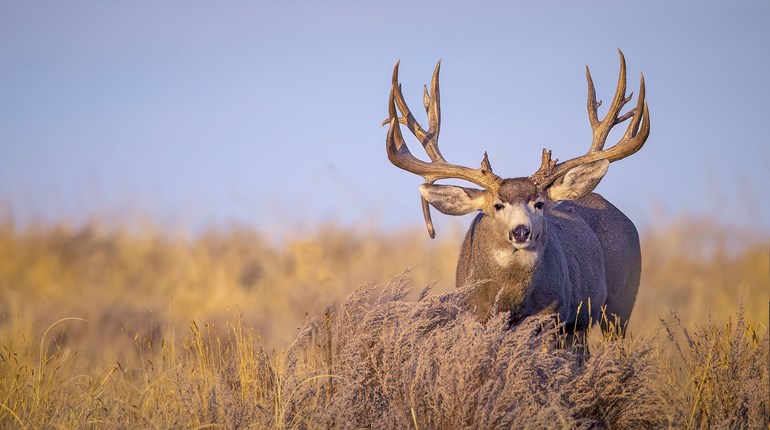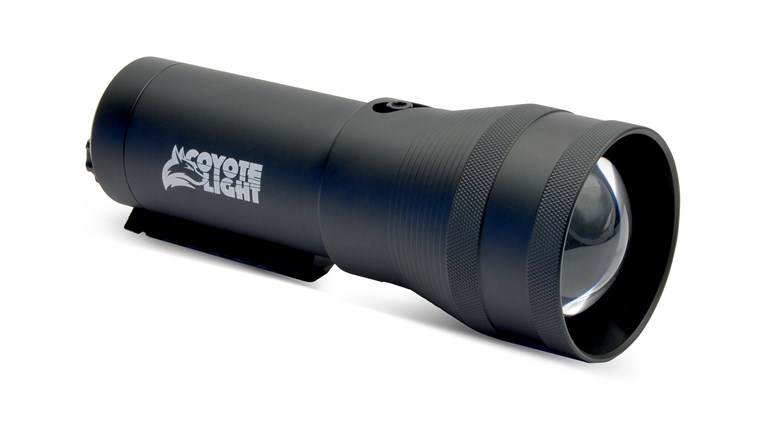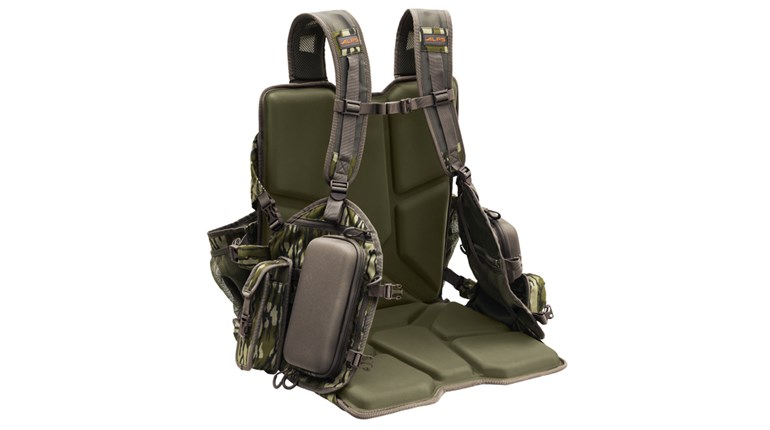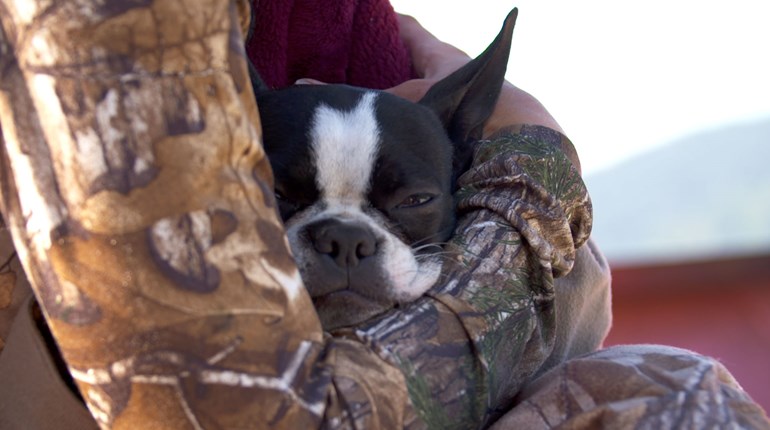
Dawn had just broken as I set my FoxPro call in a brush pile and settled down behind a stump. The AR-15 MSR (Modern Sporting Rifle) was cold in my hands as I carefully chambered a round, lowering the bolt as quietly as possible. I studied the open flats at my front for movement, settled into my shooting position, and pressed the call button.
Ten seconds later two coyotes were charging full-tilt across the flats toward my call. Locking my crosshairs on the back coyote I waited until he stopped, steadied the crosshairs and pressed the trigger, certain of a dead coyote.
Nothing happened. I flicked at the safety—maybe it was still on … negative. In desperation, I settled the crosshairs again and pressed harder, adrenaline charged foolishness convincing me that if I just pressed harder the gun might go off. No dice. As the coyotes trotted suspiciously away I fussed with the rifle, dropped the magazine in the dirt and fumbled with the bolt. My inexperience hunting with a MSR had just cost me a coyote double. The bolt carrier had not locked up when I gently and quietly lowered it, rendering the rifle incapable of firing.
My point? Predator hunting does not tolerate mistakes. Here, according to expert guides Todd and Cole Rogers of Oklahoma-based Rut-N-Strut Guide Service, are seven big mistakes that predator hunters commonly make:

1. Not Playing the Wind
Coyotes almost always circle downwind of a call to enable their nose to give a second opinion on what their ears are telling them. If you don’t set up downwind of your call—or at least where you can cover a wide expanse of territory downwind of the call—coyotes will come and go without you even knowing they are there. Always set up where you can play the wind to your advantage. According to Todd Rogers, you should set the call as far directly upwind of you as you can accurately shoot, so long as you can cover all the terrain in-between you and the call.

2. Showing Themselves
Too often hunters make themselves visible while approaching the stand, or while on stand. Remember, you’re lurking around in the coyote’s living room. Move in clandestine fashion or predators will spot you. Use terrain and vegetative cover to your advantage as you approach your stand, and make sure you don’t silhouette yourself during your approach or while in your stand.

3. Making Unnatural Sounds
Any unnatural sounds in a predator’s environment will make them suspicious. Don’t slam your door or tailgate when you exit your truck. Move quietly through the brush, and if you have a hunting partner, communicate only in whispers or low murmurs. Chamber a round in your rifle with particular care, as the metallic clinks and sounds of a cartridge sliding into the tube carries long distances. If you’re using a MSR, learn from my mistake detailed earlier, and drop the bolt on a cartridge and engage the safety before leaving the truck. That way it will lock fully into battery, and fire when needed. (Be very, very careful while carrying a loaded firearm.) Slip into a coyote’s dining room as quietly as a Navy SEAL, and you’re a lot more likely to get a shot at him.

4. Shining in the Sun
Coyotes are very aware of their surroundings, and will spot anything out of the ordinary. It’s amazing how sunshine (or even just bright light) will illuminate anything “out of place.” Make sure you set up in the shadows, and don’t let the sun hit you at all if possible. Cover your hands and face with gloves and a mask or face paint. Use camo cloth or non-reflective tape to cover any bright or reflective gear.

5. Moving While on Stand
If you move while on stand incoming coyotes will spot you. Movement is the easiest of all things to spot in the wild, and predators have samurai-sword-sharp eyesight. Furthermore, they’re looking hard for any movement in the region the sound of your call is coming from. It’s hard to hold entirely still while on stand, but you need to do it. If you must move your rifle for a shot at a coyote, do it only when he is behind something that will obscure his view of your position.

6. Calling Too Loudly
Turning on a full-volume call next to a coyote will startle him into the next county. Start your calling sequence with the call on low volume—it’s better to be too quiet than too loud. After a little while you can raise the volume to reach out to coyotes in the distance, but many experts caution against allowing your call to echo—they believe it’s unnatural and will scare predators away. If you can hear echoing from your call, dial the volume back a notch.

7. Not Practicing Field Shooting
Coyotes make tough targets in any conditions. Add an overdose of adrenaline, fast-paced action and unfamiliar terrain, and you’re up against a great challenge. If you aren’t familiar and adept at shooting your rifle from random field positions though, you’re likely to miss. Train by firing your rifle at small targets from a myriad of field positions, including sitting, kneeling and prone. Learn to shoot well off of shooting sticks in particular. Practice rapid follow-up shots, so when you call in a double you’ll be fast enough to get a shot at both coyotes.




































